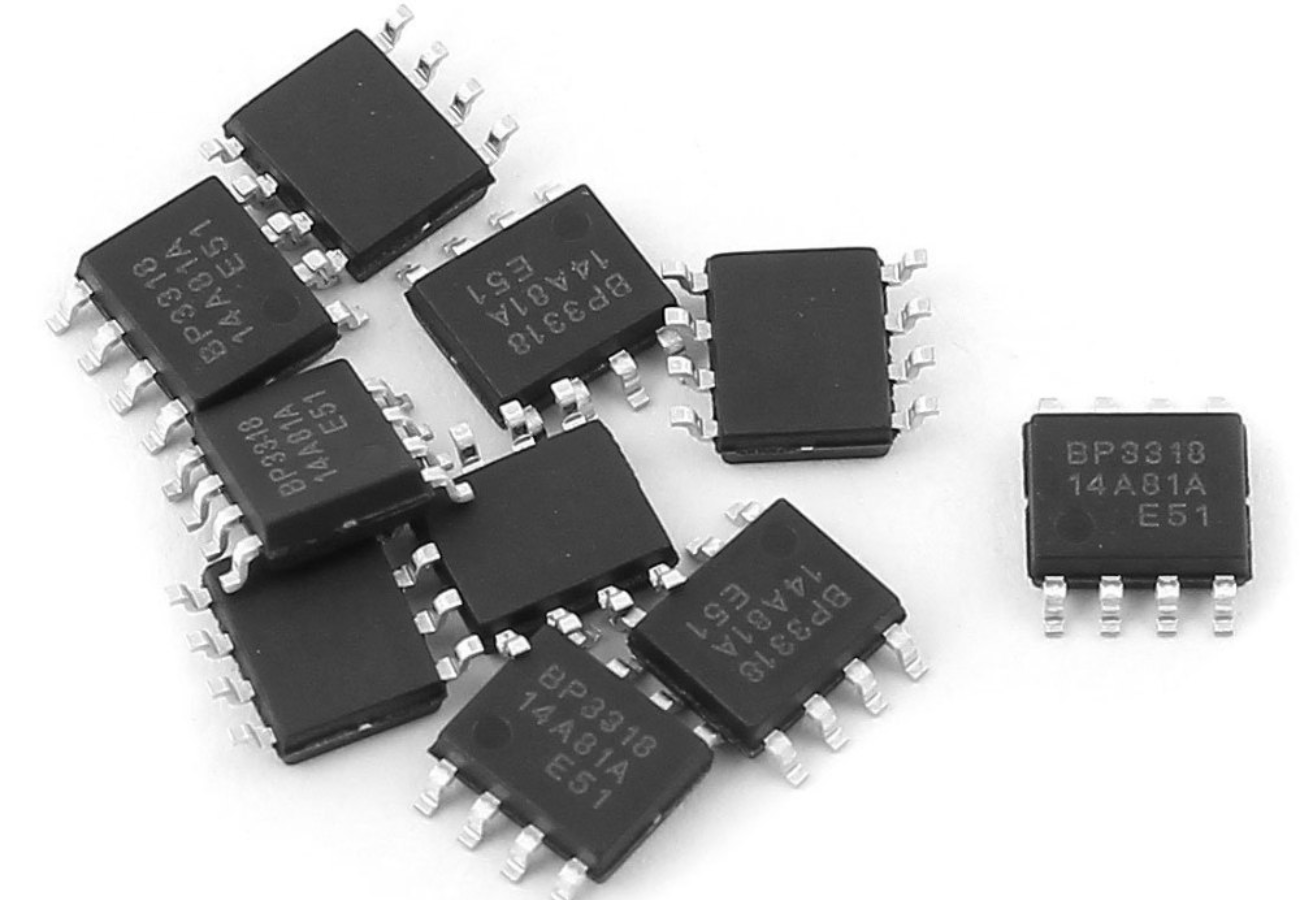Best PCB Design Software – Tools for Creating High-Quality PCB Layouts

Transforming Ideas into Functional Circuit Boards
The development of electronic products begins with a precise and well-structured circuit board design. Selecting the best pcb design software is essential for engineers and developers aiming to create layouts that are accurate, functional, and ready for manufacturing. High-quality software provides advanced features for schematic capture, component placement, routing, and real-time error checking, enabling the design of boards that meet both performance and production standards.
Why the Right Software Choice Matters
Using the best PCB design software is not just about convenience—it can determine the success of a project. Poorly designed PCBs can cause electrical failures, manufacturing delays, or increased production costs. The right tools streamline the entire design cycle, from the initial concept to generating production-ready files. This efficiency ensures that both prototypes and final products are created with precision, reducing the likelihood of errors and rework.
Key Capabilities of Advanced PCB Design Tools
Modern best PCB design software offers an integrated environment where schematic creation, simulation, and layout design are connected seamlessly. Designers can place components with exact measurements, optimize routing paths for signal integrity, and automatically detect potential conflicts or violations. Many platforms also include 3D visualization, allowing designers to preview the finished board and check for mechanical fit before production.
Collaboration and Cloud Integration for Teams
In today’s global engineering environment, collaboration features have become an important part of the best PCB design software. Cloud-based solutions allow multiple designers to work on the same project simultaneously, share updates instantly, and track revisions. This real-time teamwork shortens design cycles and ensures that all contributors are aligned, regardless of their location.
Libraries and Component Management
A major advantage of using the best PCB design software is access to extensive component libraries. These libraries contain pre-verified footprints, symbols, and datasheets, which save time and reduce design errors. Advanced software often links directly to manufacturer databases, ensuring that selected components are available and up to date, which is vital for avoiding delays during the manufacturing stage.
Simulation and Testing Before Production
Simulation tools built into the best PCB design software allow engineers to analyze circuit performance before committing to manufacturing. These simulations can detect potential signal issues, heat dissipation problems, and power distribution concerns early in the process. By identifying and correcting these issues in the virtual stage, designers can avoid costly mistakes once the boards are fabricated.
Scalability from Prototypes to Mass Production
The best PCB design software supports projects of all scales, from single-layer prototypes to complex multi-layer boards for high-performance electronics. This scalability ensures that engineers can use the same platform for every stage of product development, maintaining consistency and accuracy as projects grow in complexity.
Choosing the Right Solution for Your Needs
While there are many options available, the best PCB design software for one project may not be the same for another. Factors like design complexity, budget, team size, and manufacturing requirements all play a role in the selection process. Engineers should choose a solution that balances ease of use with advanced capabilities, ensuring it can handle current projects while accommodating future growth.
Conclusion – Precision, Performance, and Productivity
The best PCB design software provides the foundation for creating high-quality circuit board layouts that meet strict technical requirements while supporting efficient workflows. With the right tool, engineers can bring their concepts to life faster, avoid costly design errors, and ensure smooth transitions from design to production. In the fast-moving electronics industry, leveraging powerful design tools is not just an advantage—it’s a necessity for delivering exceptional results.
Leave a Reply